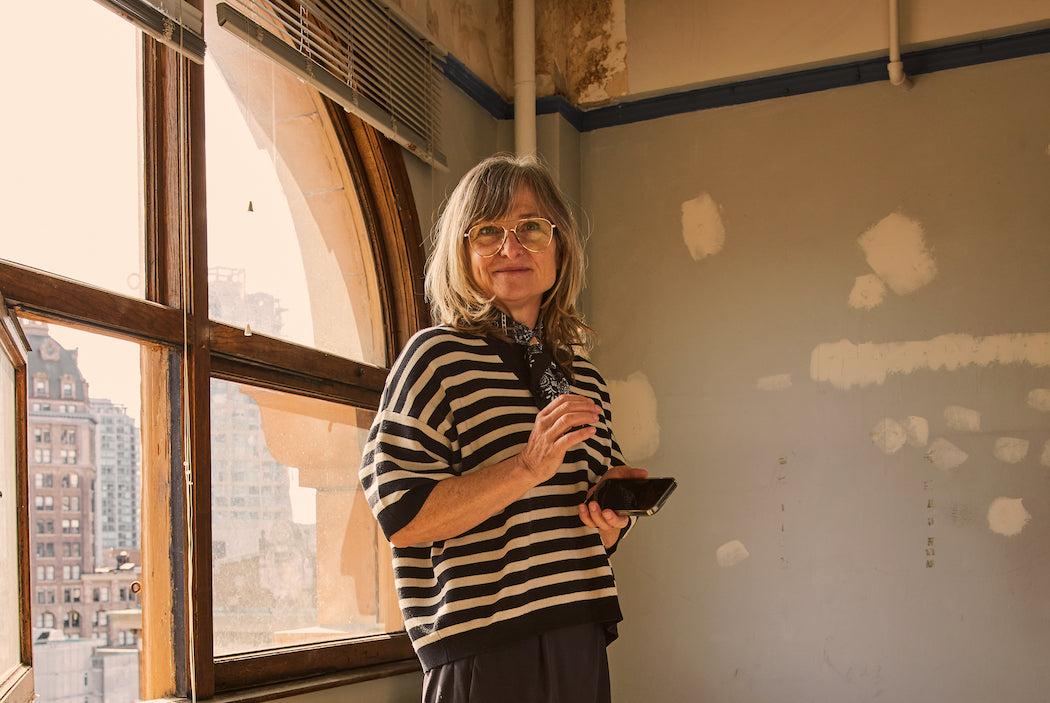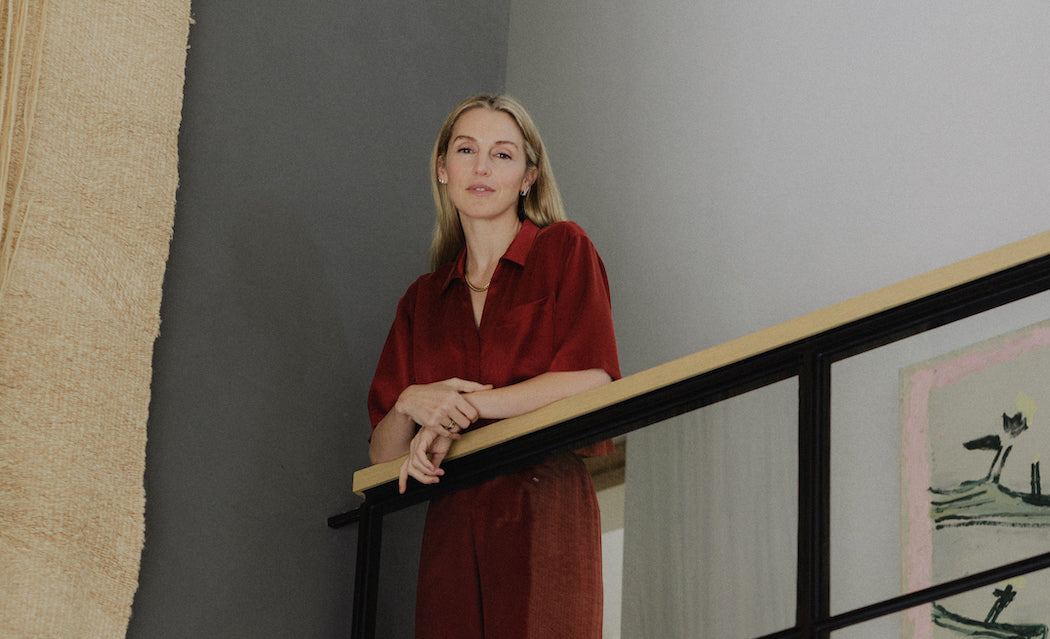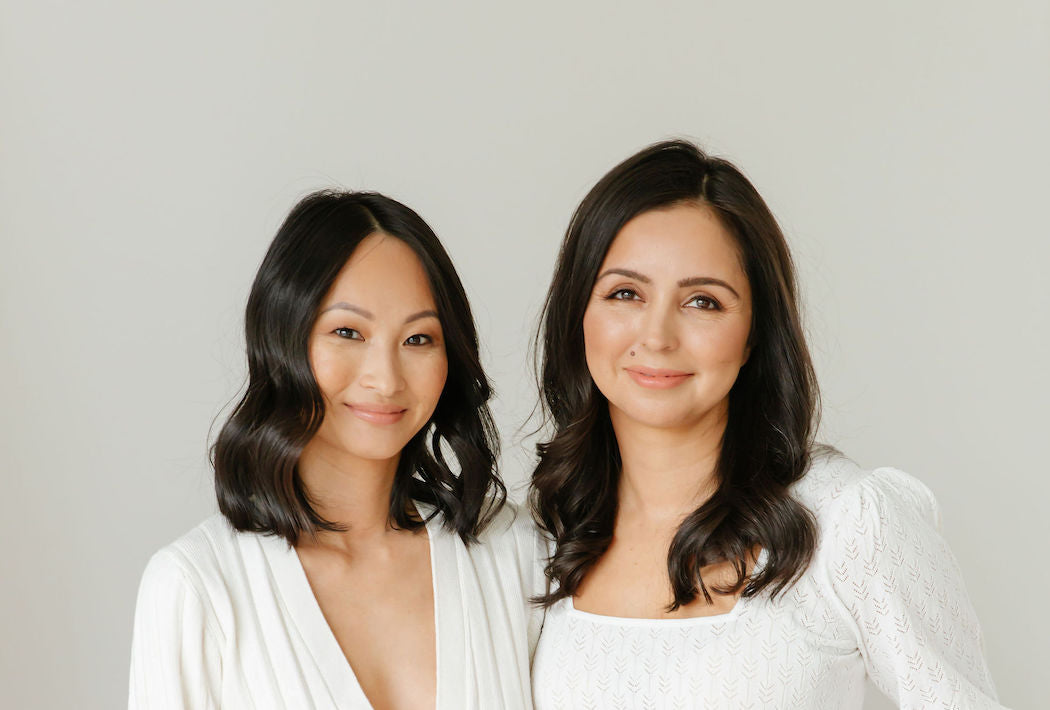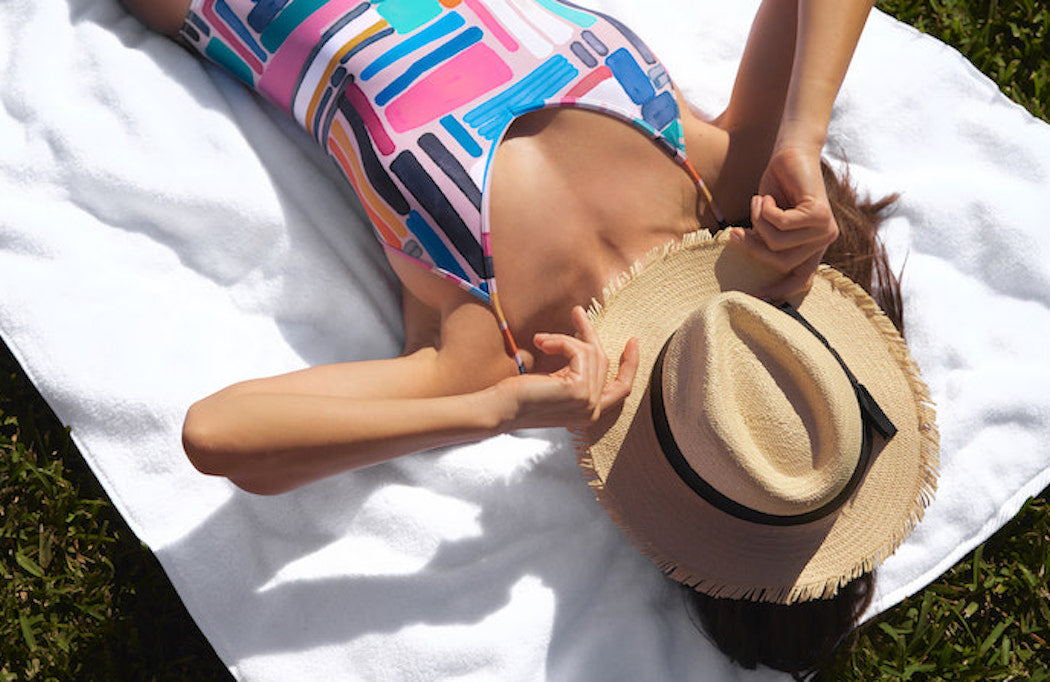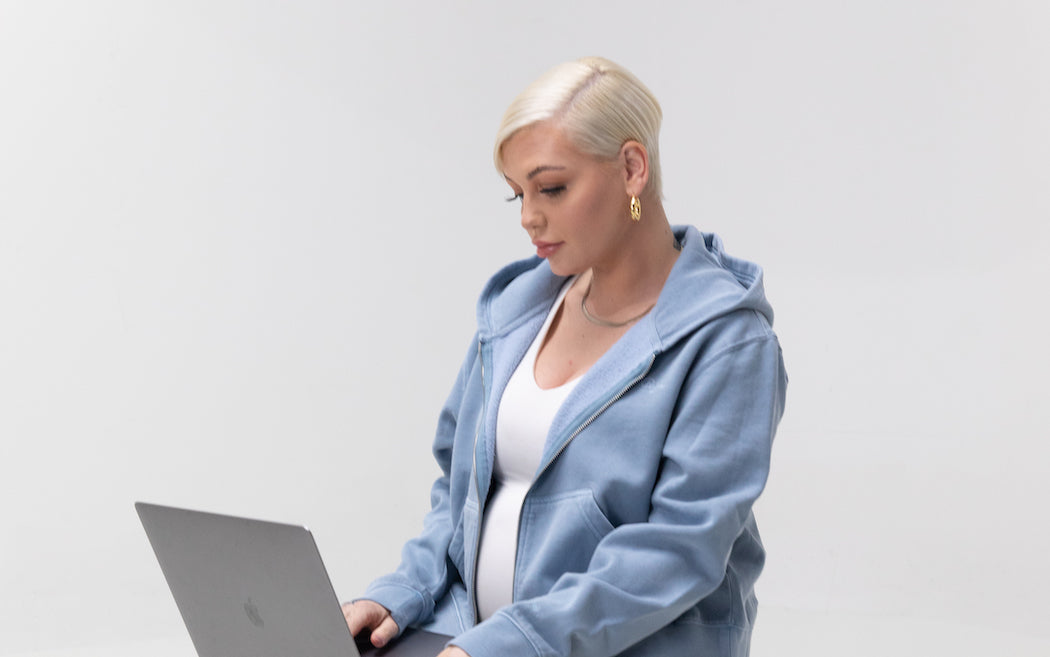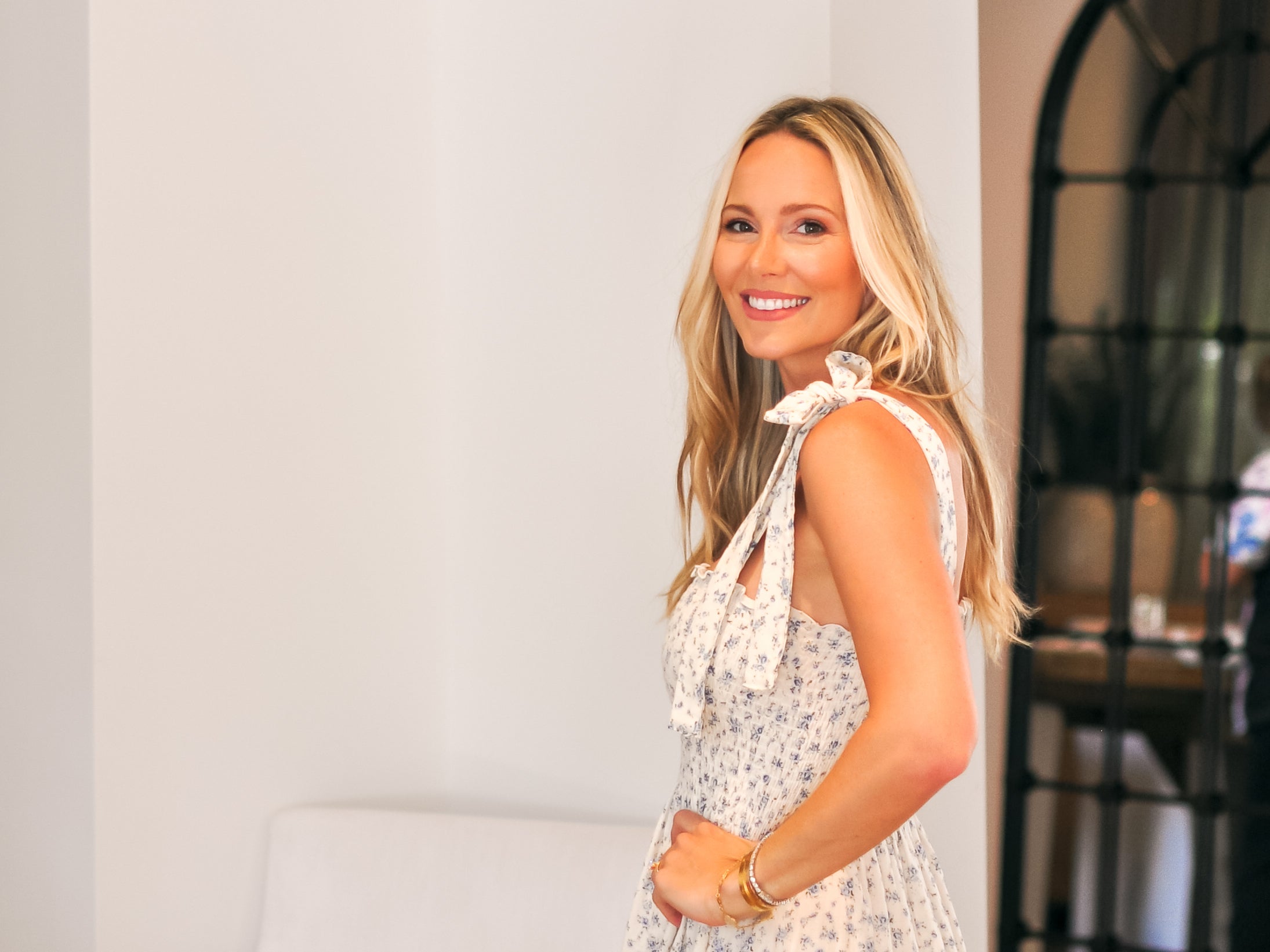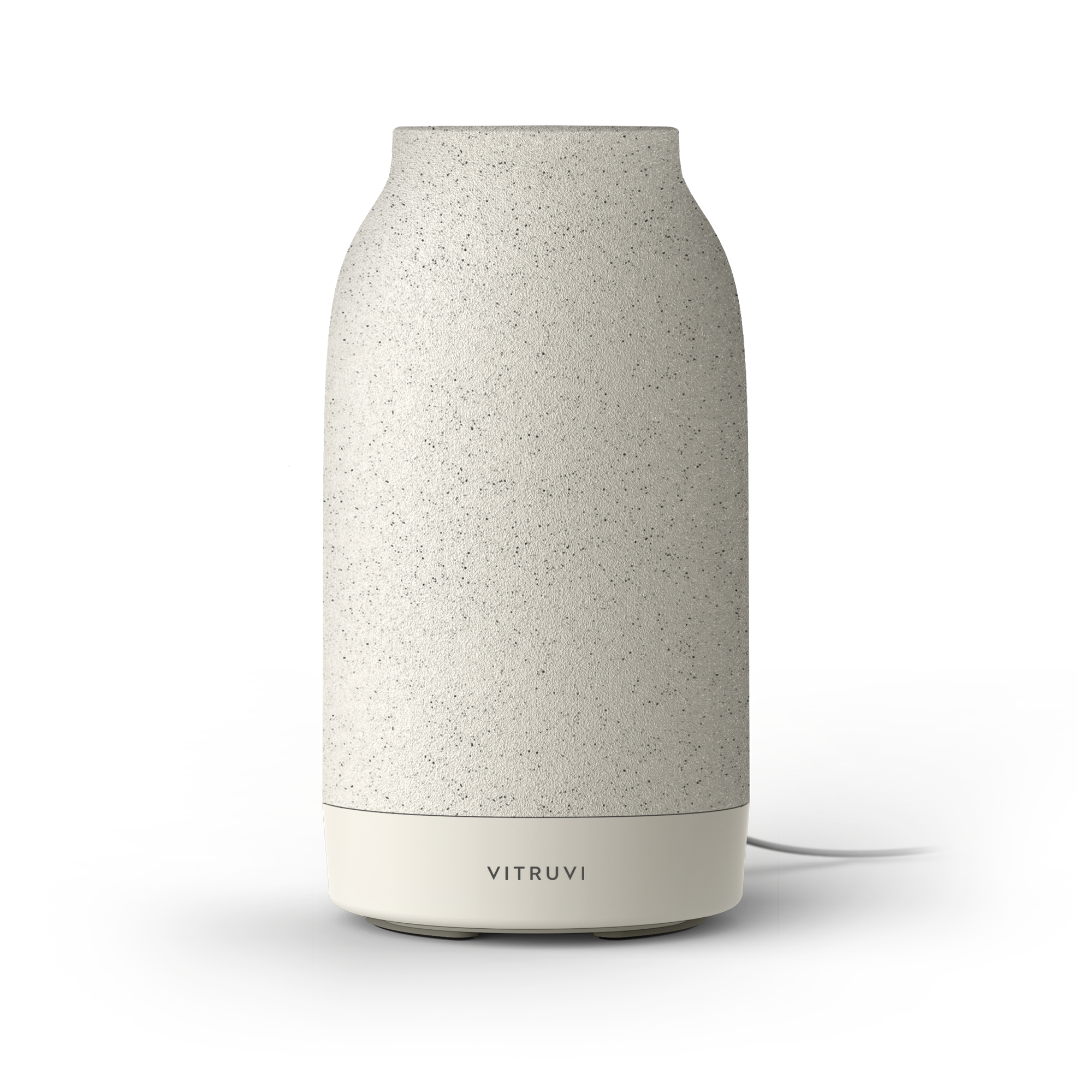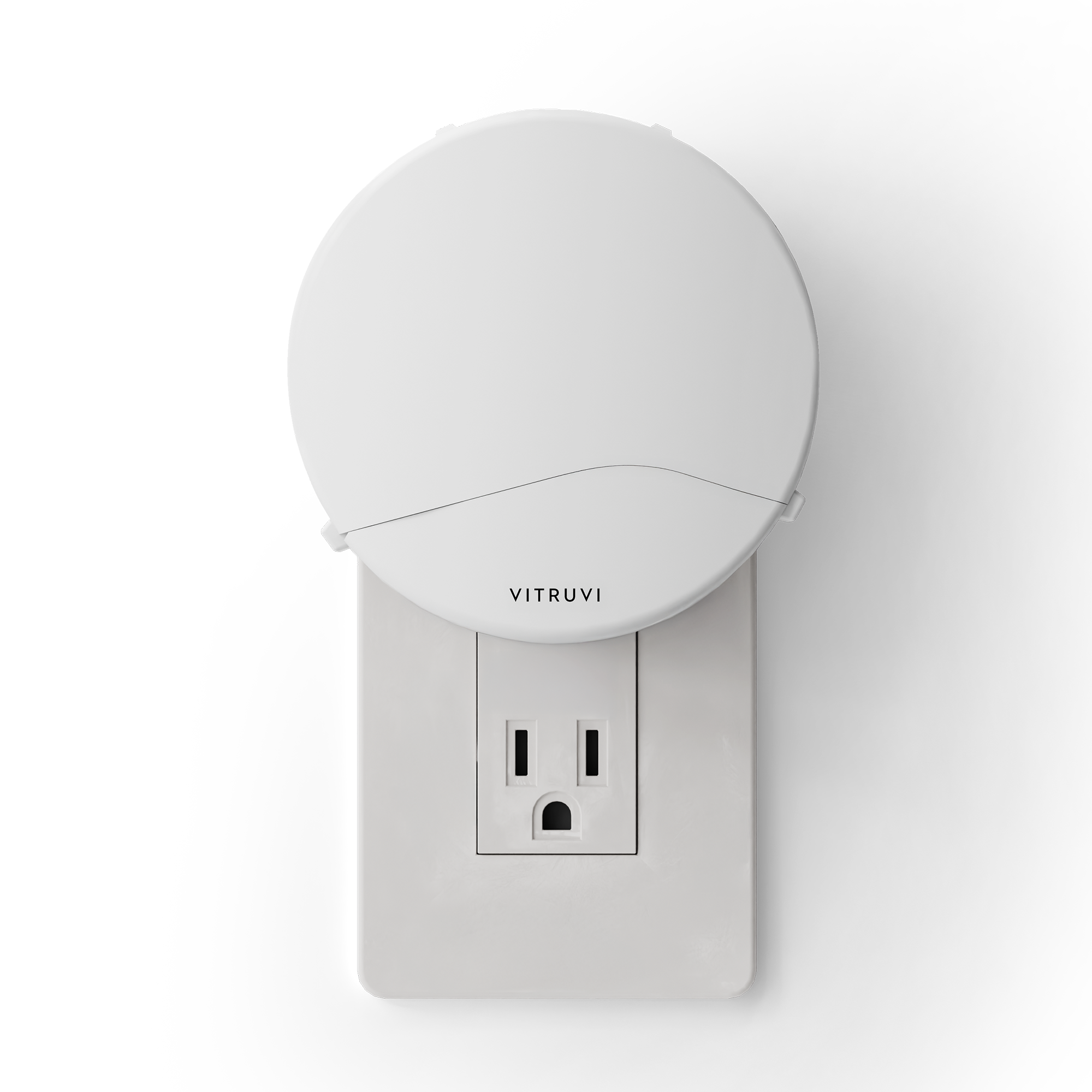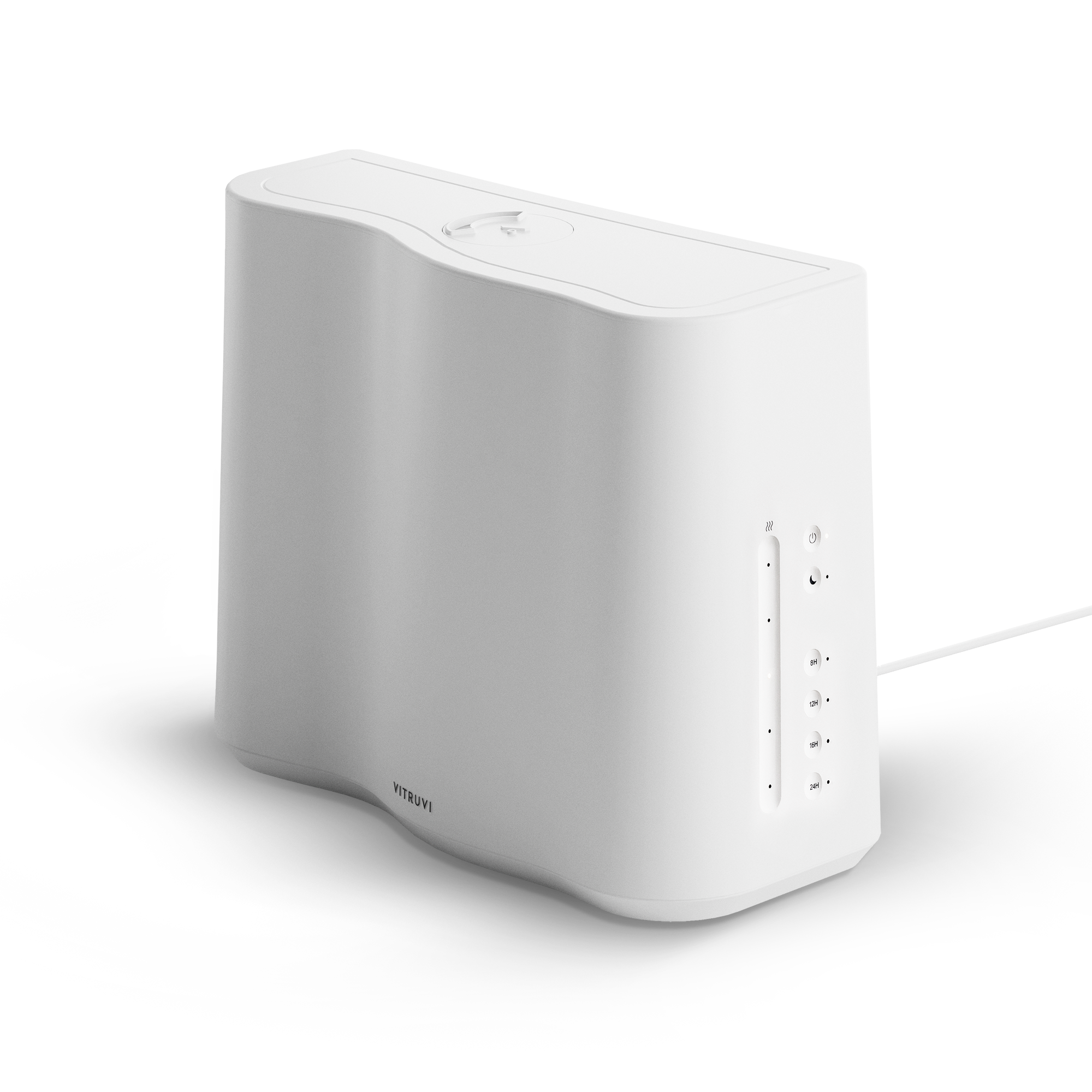Coming from backgrounds in dance, we’ve always loved movement and want others to love it, too. Unfortunately, many people view their workout as punishment for their physical body being what they consider imperfect.
The fitness and wellness industries have a reputation for—for lack of a better word—negging: putting out language and imagery that makes people feel “less than” for not fitting into unrealistic body-image ideals, and then pitching that the solution to all their problems is buying into a class, a pill, or a 17-minute program. This never sat well with us, so we decided we would never prey on people’s insecurities to make a profit—and part of that is helping people reframe the role that fitness plays in their lives. We want to turn it from something they have to do into something they enjoy doing—beyond what it does for their physical body. We wanted to open a fitness space, but we wanted it to be somewhere anyone could feel uplifted and joyful in their movement.
We initially started The Ness, our New York studio, as an invite-only space. Our studio only had 10 spaces available, so every class felt more like a private session with friends rather than a traditional group fitness class. We have always believed that moving in a shared space with others can be a vulnerable experience; additionally, we knew that our method, centered around learning choreography on a mini trampoline, could come off as intimidating to those who had never done it before. All of these things made it important for us to protect the energy of the room, and ensure that everyone coming in was positive and welcoming. This allowed us to attract clients who were not only joined by a shared love of movement, but who were an integral piece of making newcomers feel at home at The Ness. We have since opened up our classes to everyone (and started offering online options, too), but the intimate, warm, and bespoke nature of our community hasn’t changed.
One of the many reasons why we believe bouncing on a mini trampoline is the best workout is that the trampoline itself is an inclusive piece of equipment. It’s incredibly versatile in that it allows us to offer movement of varying styles and intensities—and best of all, it’s low impact. The trampoline has a soft mat that is connected to a metal frame with elastic bungees; as you bounce on it the mat, the bungees sink down underneath you, absorbing the weight of your landing so your joints don’t have to. The inherent low-impact nature of the trampoline lets our method have longevity in your life, making it accessible for people of a wide range of ages, shapes, and abilities.
On top of all the scientific benefits of the bouncing (improves balance, builds cardiovascular endurance, increases circulation, promotes lymphatic drainage), the greatest thing it does is cultivate joy through movement. We designed our method around the mini trampoline because it’s fun; it’s nearly impossible not to smile while you’re bouncing. And over the years we’ve found that beyond the time our clients spend on the trampoline, their feelings of happiness and fulfillment stay with them.


